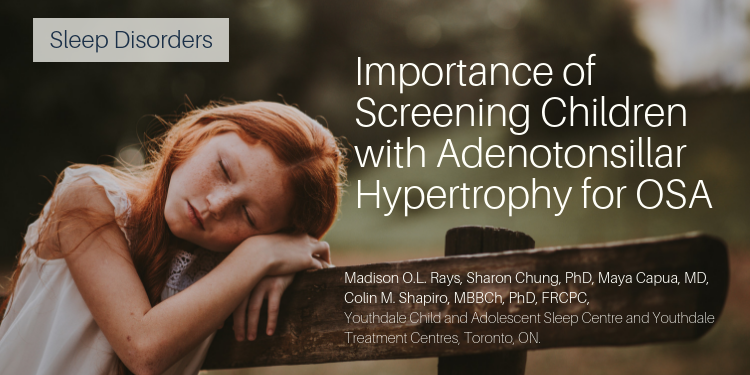Fatemeh Akbarian, MD, Dermatologist, Clinical Research Fellow, University of Toronto, Toronto, ON.
Vahid Ghafarian, MD, MPH, BSc.PT, Physiotherapist, Northpark Physiotherapy and Annex Retirement Residence, Toronto, ON.
Mohammad Ali Shafiee, MD, FRCPC, General Internist, Nephrologist, Department of Medicine, Toronto General Hospital, University Health Network; Clinician Teacher, University of Toronto, Toronto, ON.
Treatment-resistant hypertension (TRHTN) is a common challenge in geriatric practice and a significant cause of mortality and morbidity among older adults. In this overview, we will use a case-based approach to define the magnitude of the problem, identify characteristics of individuals with TRHTN, and explore the causes of uncontrolled hypertension including technical issues, patient-related and physician-related factors, and secondary causes of hypertension. We will then provide a simple approach to the problem, illustrating straightforward diagnostic workup and therapeutic options. In our approach most of the emphasis has been given to detailed history-taking and a targeted physical examination.
Key words: resistant hypertension, hyperaldosteronism, obstructive sleep apnea, older adults.


